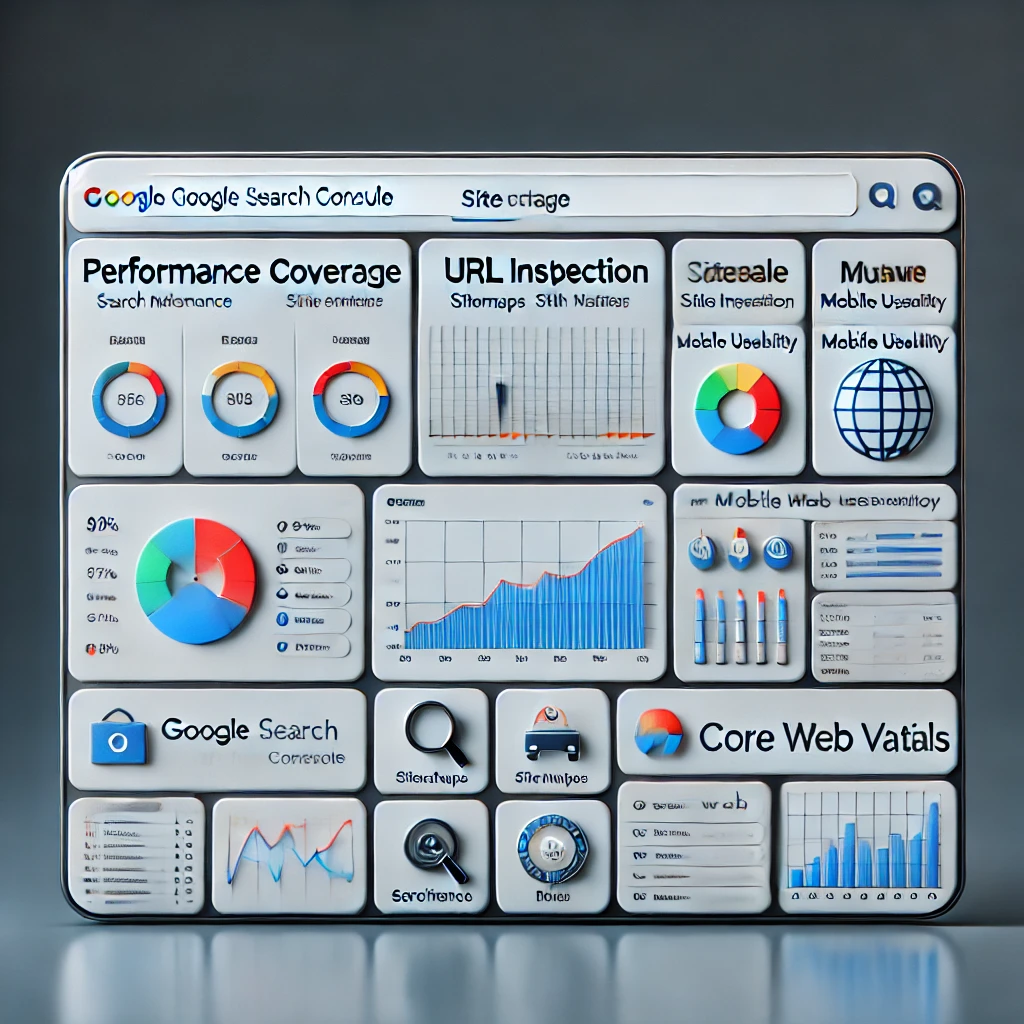1. Introduction
- Briefly introduce the evolution of SEO from keyword stuffing to AI-driven optimization.
- Explain why staying updated on SEO trends is critical for businesses and marketers in an ever-changing digital world.
- Mention how 2025 and beyond will bring transformative changes to how search engines rank websites.
2. The Impact of AI and Machine Learning on SEO
- Discuss how search engines like Google are increasingly using AI and machine learning (e.g., Google’s RankBrain and BERT) to understand user intent.
- AI-driven content analysis is making SEO less about keywords and more about quality and relevance.
- Predict how AI tools (e.g., ChatGPT, Bard, and generative AI) will revolutionize content creation and user experiences.
- Highlight the importance of semantic search and natural language processing (NLP) for better rankings.
3. The Rise of Voice Search and Conversational SEO
- Explore the rise of voice assistants like Alexa, Siri, and Google Assistant.
- Share stats: By 2025, over 50% of searches may be voice-based.
- Explain how users phrase queries differently in voice searches (long-tail keywords and questions).
- Tips for businesses: Focus on conversational content and FAQ formats to align with voice search trends.
4. Mobile-First Indexing: The New Normal
- Discuss how Google’s mobile-first indexing prioritizes the mobile version of websites.
- Highlight the increasing dominance of mobile traffic (over 60% globally).
- Share tips:
- Optimize website design for mobile responsiveness.
- Improve page speed using tools like Google PageSpeed Insights.
- Use AMP (Accelerated Mobile Pages) to boost mobile experiences.
5. Zero-Click Searches and the Dominance of SERP Features
- Explain the rise of zero-click searches where users get answers directly on the Search Engine Results Page (SERP).
- SERP features like:
- Featured snippets
- People Also Ask (PAA)
- Knowledge panels
- Strategies:
- Create structured content to rank for featured snippets.
- Use schema markup to improve visibility.
- Focus on answering search intent effectively.
6. Core Web Vitals and User Experience (UX) Optimization
- Highlight Google’s emphasis on Core Web Vitals as a ranking factor:
- Largest Contentful Paint (LCP): Loading time.
- Cumulative Layout Shift (CLS): Visual stability.
- First Input Delay (FID): Interactivity.
- Discuss the role of UX design in improving dwell time, bounce rate, and rankings.
- Encourage prioritizing speed, accessibility, and a clean, responsive design.
7. The Growing Importance of E-E-A-T (Experience, Expertise, Authoritativeness, Trustworthiness)
- Explain how Google prioritizes content that reflects E-E-A-T.
- This is crucial for YMYL (Your Money, Your Life) topics like health, finance, and legal advice.
- Strategies:
- Publish high-quality content backed by data and credible sources.
- Build author bios and expertise signals.
- Strengthen backlinks from authoritative websites.
8. Visual and Video SEO: Optimizing for Multimedia
- Discuss the rise of visual content and videos for search engines (YouTube is the 2nd largest search engine).
- Highlight trends like:
- Video snippets on SERPs.
- Google Lens and image search optimization.
- Strategies:
- Optimize video titles, descriptions, and tags with relevant keywords.
- Include captions for accessibility and improved indexing.
- Use Alt Text and descriptive filenames for images.
9. Local SEO: The Rise of Hyper-Local Search
- Explain how local searches (e.g., “digital marketing agency near me”) are becoming more critical.
- Discuss tools like Google My Business and the importance of local citations.
- Tips for success:
- Keep your NAP (Name, Address, Phone) consistent.
- Optimize for Google Maps and customer reviews.
- Leverage localized content and keywords.
10. Privacy, Search Personalization, and Data Trends
- Discuss growing concerns about user privacy and how search engines are adapting.
- Example: Third-party cookie restrictions and privacy-first policies.
- Explain how search results are increasingly personalized based on:
- Location
- Search history
- User behavior
- Future trend: Balance between personalization and user privacy.
11. Preparing for the Future: Actionable Strategies for Businesses
- Invest in tools like:
- SEO Analytics (Google Analytics, Ahrefs, SEMrush).
- AI tools for content creation and keyword optimization.
- Focus on creating authentic, user-focused content.
- Stay updated on algorithm changes and SEO best practices.
- Test and measure results regularly to adapt to new trends.
12. Conclusion: The Future Belongs to Adaptability
- Reiterate that SEO is constantly evolving, and the key to success is adaptability.
- Encourage businesses and marketers to embrace new trends (AI, voice search, video SEO) while focusing on user experience.
- Close with a call-to-action: Stay ahead of the curve to dominate search results in 2025 and beyond!











